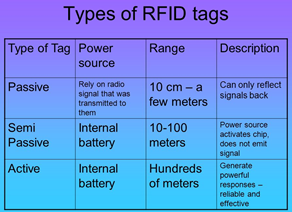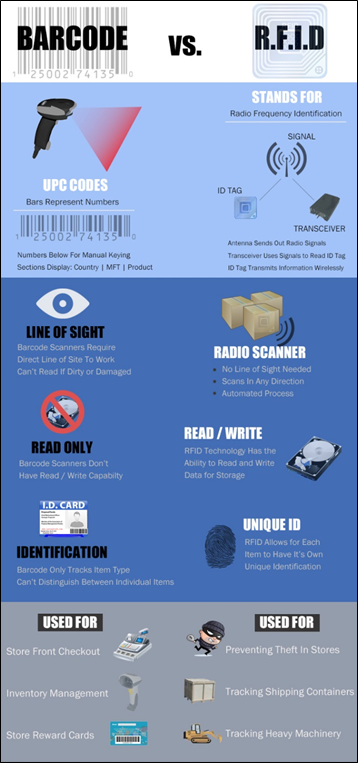

Context
Baggage tags equipped with radio-frequency identification (RFID) will soon be available at Delhi’s Indira Gandhi International Airport, marking a first of its kind for the country.
About
Radio-frequency identification (RFID) technology:
- Radio Frequency Identification (RFID) is a technology that uses radio waves to passively identify a tagged object.
- It is used in several commercial and industrial applications, from tracking items along a supply chain to keeping track of items checked out of a library.
- Radio Frequency Identification (RFID) is a type of passive wireless technology that allows for tracking or matching of an item or individual.
- The three components of an RFID system are:
- Transponder,
- receiver, and
- transmitter
- The system has two basic parts: tags and readers.
- The reader gives off radio waves and gets signals back from the RFID tag, while the tag uses radio waves to communicate its identity and other information.

Different kinds of RFID:
Passive tags, semi-passive tags, and active tags are the three types of RFID tags that are commercially available.
- Passive Tags: There is no power supply for passive tags. They acquire their power from the readers’ incoming radio waves.
- Semi-passive tags comprise an internal circuit with a power source, but rely on the radio waves received from the reader to transmit the response.
- Active Tags: The internal circuit of active tags is powered by a power source.

Barcode:
- A barcode is a printed series of parallel bars or lines of varying width used for entering data into a computer system.
- The bars are black on a white background and vary in width and quantity depending on the application.
- The bars represent the binary digits zero and one, which represent the digits zero to nine processed by a digital computer.
- These barcodes are scanned using special optical scanners known as barcode readers, which come in a variety of shapes and sizes.
- The majority of these codes use only two different widths of bars, however some use four.
- The numbers that make up a barcode are also printed at the bottom. One of the most well-known examples of a barcode is the QR code.
Radio-frequency identification (RFID) technology Vs barcodes

